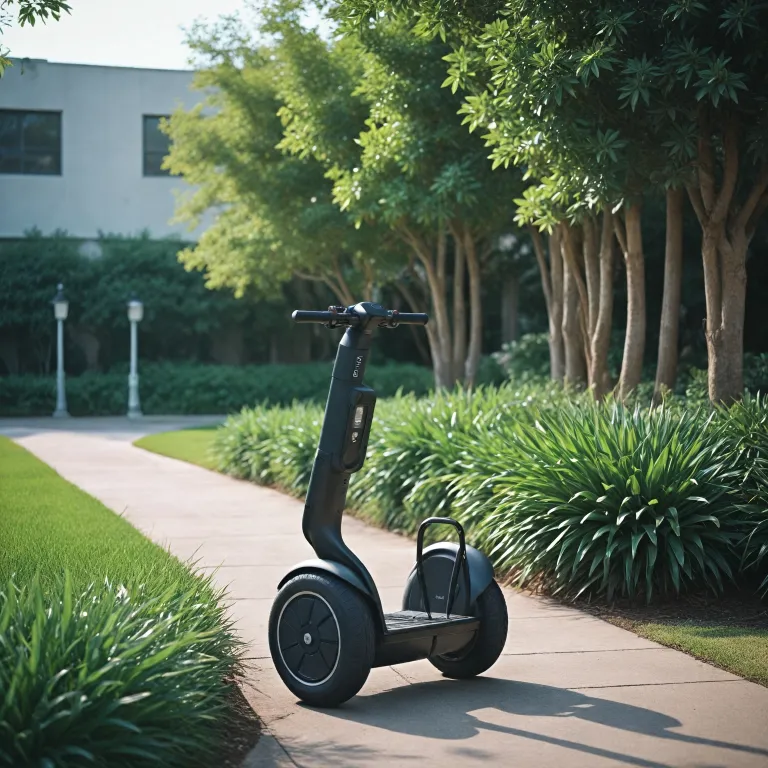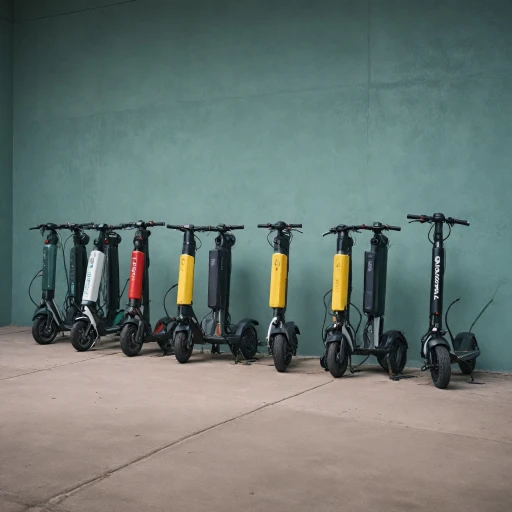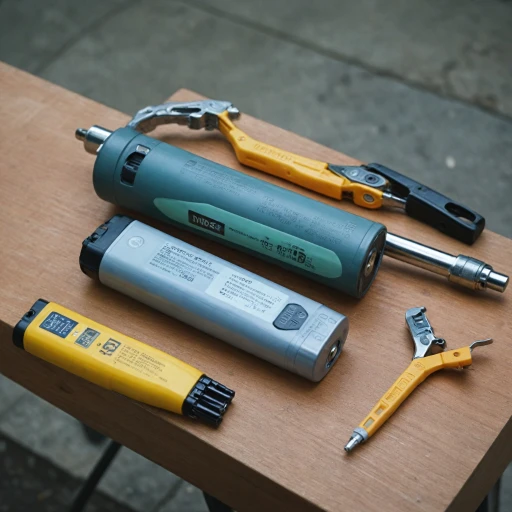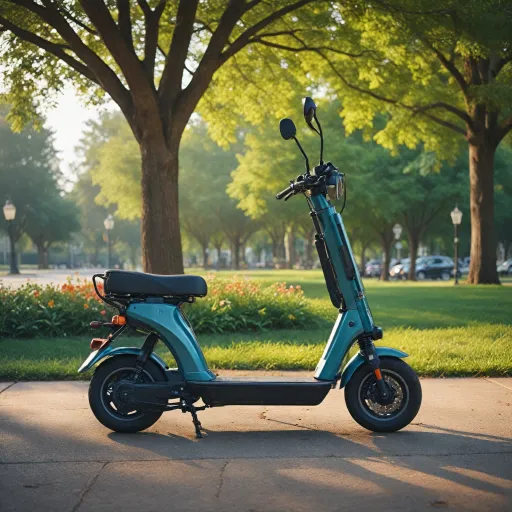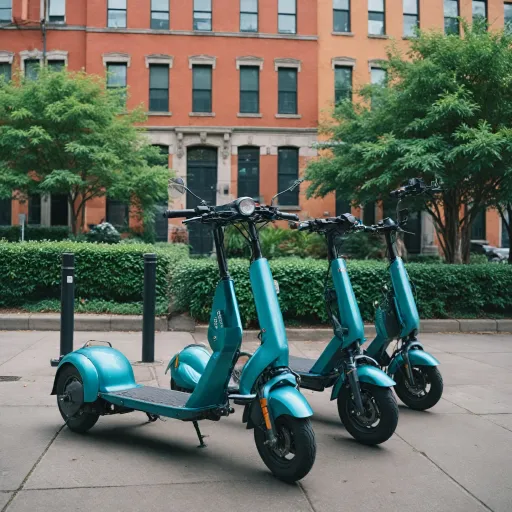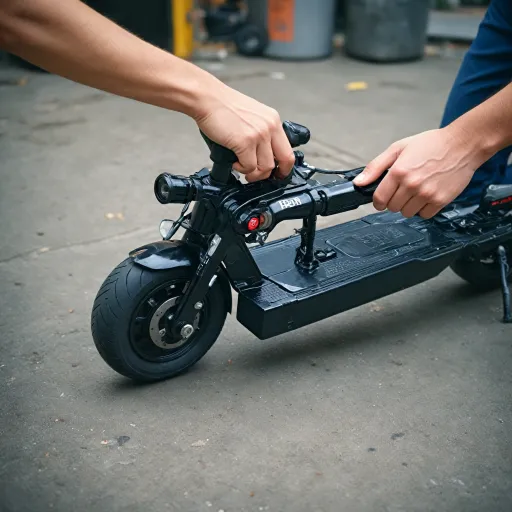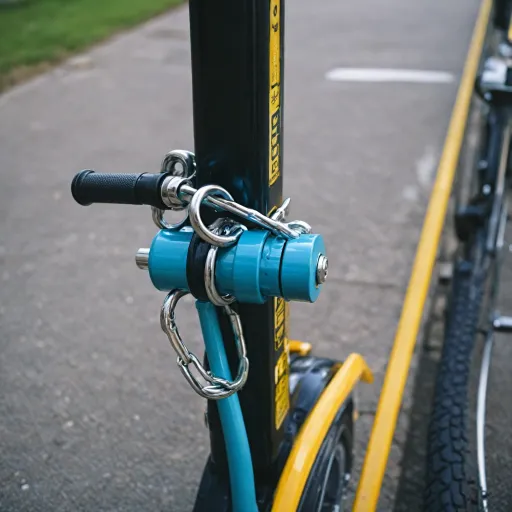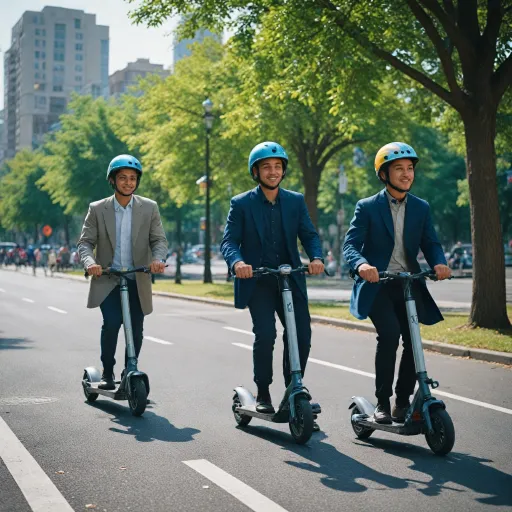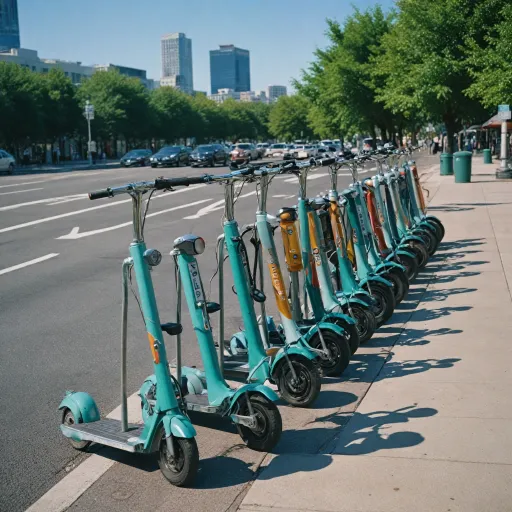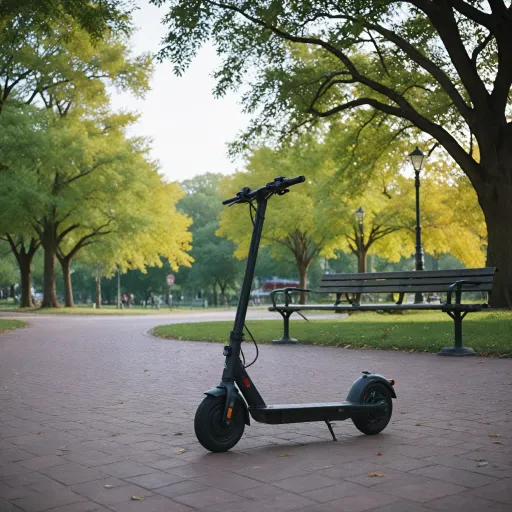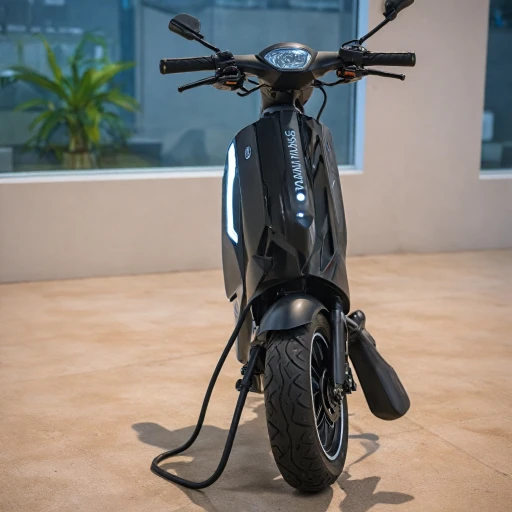
The Role of a Segway Scooter Charger
The Integral Purpose of Charging for Segway Scooters
The charger for a Segway scooter—whether a ninebot or another model—is an essential component of owning an electric ride. It might seem straightforward: plug it in, and you're good to go. However, understanding its critical role can significantly enhance your electric scooter experience. Your scooter's performance primarily hinges on the health and efficiency of its battery, and by extension, the efficacy of its charger. This charger is responsible for converting AC power from your standard outlet to DC power, which your electric scooter's battery needs. Not all chargers are made equal, and this conversion process can determine how fast your scooter can be ready for a ride again. Additionally, using the correct charger is key to maintaining your scooter's battery health and longevity. Not only does it ensure that you get the maximum range from your Segway Ninebot, but it also protects the internal components from premature wear. Inadequate charging practices can lead to more frequent need for a replacement segway battery, increased power loss, or even void warranty claims. For those who ride regularly, ensuring your charger is in top shape can mean the difference between a quick jaunt around the neighborhood and being stranded with a drained battery. Selecting a charger that provides the right voltage and amperage is non-negotiable for maintaining optimal performance. Remember, an investment in the right charger can also translate into significant savings in shipping costs and replacement parts over time. Advancements in charging technology, such as the advent of fast-charging capabilities, have made the process more efficient. As you explore your scooter and its accessories, consider reading about expenses associated with installing advanced chargers to optimize your experience. Avoiding common charging pitfalls does not only extend your scooter’s lifecycle but also enhances the overall safety of your rides. Understanding your charger’s role helps maximize the performance of your ninebot kickscooter, ensuring every ride is as smooth as possible.Choosing the Right Charger for Your Segway Scooter
Identifying the Perfect Charger for Your Electric Scooter
Choosing the right charger for your Segway scooter is paramount to ensure a seamless power-up process. Segmenting through scooters like Segway Ninebot and Ninebot Kickscooter, compatibility is key. Each model often demands unique specifications in a charger, especially seeing variations in voltage and current inputs among different scooters. To make informed decisions, consider the following:- Model Specificity: Check your scooter model specifications. A Ninebot Max, for example, may require distinct charger specifications compared to other models. Always refer to your scooter’s manual.
- Compatibility and Product Reviews: Explore product reviews from online platforms. Trusted sources can offer real-world insights into charger performance and reliability.
- Replacement Options: Opt for original or certified replacement chargers to avoid compatibility issues which may arise with generic alternatives.
- Charging Speed: If fast charging is critical, ensure the charger is capable of supporting it without risking damage to the battery.
Common Charging Issues and Solutions
Addressing Charging Concerns
One of the most common issues electric scooter users face involves charging their Segway scooter. Misunderstandings about how their charger works can lead to unnecessary hassle and even damage. Let's explore some frequent charging problems and solutions that can keep your ride smooth.- Compatibility Problems: Ensure you're using the correct product for your Ninebot kickscooter or Ninebot Max. Each model might require a specific type of charger to function optimally.
- Power Fluctuations: If you notice fluctuations during charging, it could be due to a faulty power source or a need for a battery replacement. Verify that the outlet or extension cord isn't overloaded.
- Charger Malfunction: A faulty charger can obstruct the charging process. Checking reviews of different replacement segway chargers online might help in selecting a reliable one. Make sure your chosen charger provides fast performance, fitting seamlessly with your scooter.
- Overheating Concerns: Overcharging or using a wrong charger can cause overheating. Always keep an eye on your charger and scooter while charging, and avoid leaving them plugged in for longer than necessary.
- Connection Issues: If the charger and scooter won't connect properly, check for wear and tear on the charging port or cable. Regularly inspecting and cleaning the connection points can prevent this problem.
Maximizing Battery Life with Proper Charging Practices
Effective Charging Practices for Better Battery Life
Taking care of your electric scooter's battery is crucial to maximize its lifespan and efficiency. This involves not only understanding how your Segway Ninebot charger functions but also adhering to several key practices to ensure optimal performance.- Avoid Overcharging: Once the battery reaches 100%, it is advisable to disconnect the charger to prevent overcharging, which can degrade the battery's capacity over time.
- Monitor Charging Conditions: Use the charger in a controlled environment. Extreme temperatures, both hot and cold, can adversely affect the battery's longevity and efficiency. It's best to charge your Ninebot kickscooter in an area with stable room temperatures.
- Use Appropriate Chargers: Stick to the charger specifically designed for your scooter model, such as the Segway Ninebot max. Using off-brand or incorrect chargers can lead to improper charging rates, affecting the battery's health and the scooter’s performance.
- Keep It Cool: During charging, ensure adequate ventilation around the charger and battery. This helps dissipate heat and maintains optimal charging conditions, further extending the battery's life.
- Regular Usage: Batteries should be used regularly to maintain the flow of power. If your electric scooter remains unused for prolonged periods, the battery may degrade as it loses its charge progressively even when not in use.
Environmental Impact of Electric Scooter Charging
Environmental Impact of Charging Your Electric Scooter
The growing popularity of electric scooters, such as the Segway Ninebot and Ninebot Kickscooter, highlights the importance of understanding their environmental impact. While these scooters offer a more sustainable transportation method compared to gas-powered vehicles, their charging practices also influence their eco-footprint. Electric scooters rely on batteries that require regular charging, often using a Segway charger or other compatible products. The environmental impact of this process largely depends on the source of electricity. If the electricity powering your scooter comes from renewable sources, like wind or solar, the environmental benefits increase significantly. On the other hand, reliance on fossil fuels to charge your scooter might offset some of the eco-friendly advantages of using an electric-powered ride. Additionally, the materials used in the production of batteries and chargers also play a role. The essential components, such as lithium, need careful extraction processes that can lead to environmental degradation if not managed responsibly. For responsible scooter enthusiasts, it's crucial to adopt practices that minimize their environmental footprint. Opting for replacement Segway batteries that boast high efficiency and sustainable production can make a difference. Likewise, reviewing options for a fast and efficient charger available online or in-store could lessen environmental impacts by reducing energy consumption. Shipping logistics for replacement parts, such as a new Ninebot max battery, also have environmental implications. Consider consolidating purchases into one cart to lower carbon emissions from transport. Being mindful of the environmental effects, while enjoying the extended range and power that products like the Segway Ninebot provide, helps maintain the delicate balance between convenience and sustainability in this electric era.Future Innovations in Scooter Charging Technology
Innovations in Charging Solutions for Electric Scooters
As the world of electric scooters evolves, significant innovation is occurring in how these devices are charged. The aim is to make scooter charging more efficient, convenient, and environmentally friendly.
One of the developer's primary goals is to reduce charging times while maintaining or increasing battery longevity. Fast chargers are gaining popularity, with the Segway Ninebot and Ninebot Max providing users with higher power outputs to minimize downtime. Reviews of these fast-charging products reveal that they can significantly decrease the time it takes to get a scooter ready for another high-range ride.
There is also a shift towards integrating smart technology within chargers. This upgrade allows users to connect their chargers with their phone via an app. Such connectivity provides insights into the charging cycle, historical charging data, and real-time notifications about any charging issues. The integration of smart technology into charging enhances user experience by offering more control and understanding over their scooter's power needs.
Moreover, innovations are focusing on sustainability, given the environmental impact of electric scooter charging. Companies are exploring solar-powered solutions that fit seamlessly into the urban infrastructure. These developments promise to not only lower the carbon footprint of scooter charging but also distribute power consumption more efficiently across various locations.
The industry is also continually improving in terms of charger durability and reliability, reducing the need for frequent charger replacements, thereby minimizing waste. These advancements make it essential for users to stay updated with the latest developments in charging technology as it affects the overall utility and economics of owning an electric scooter.
On the horizon, wireless charging technology could revolutionize the electric scooter space, allowing users to charge without the hassle of cables and plugs. However, significant developments are still needed to make this power-based innovation practical and accessible on a global scale.
As electric scooters, like Segway Ninebot options, become an increasingly popular mode of transport, staying informed about both current and upcoming charging technologies ensures riders can maximize their scooter's potential and contribute to a more sustainable future.
